The Impact of Airline Alliances on Stansted Airport
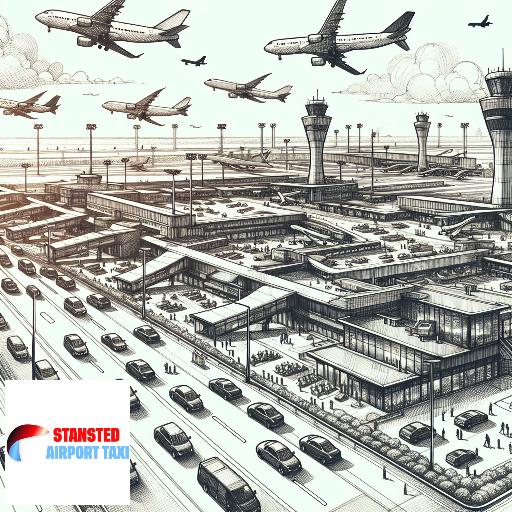
Airline Alliances
Airline alliances have significantly impacted operations at Stansted Airport, one of the UK's busiest airports. These alliances, which include major groups like Star Alliance, SkyTeam, and OneWorld, allow airlines to collaborate on a global scale, offering passengers more destinations, better service, and improved loyalty programs. For Stansted, these alliances have led to an increase in passenger traffic, as alliance members often share flight codes, enabling passengers to travel more extensively on a single ticket. This has boosted the airport's revenue and enhanced its global standing. However, it has also posed challenges, such as increased congestion and the need for infrastructure upgrades. Despite these challenges, the benefits of airline alliances to Stansted Airport are clear, as they have allowed it to expand its network, attract more airlines, and offer better services to passengers. The airport's management continues to work closely with these alliances to ensure smooth operations and further growth.
Stansted Airport
Stansted Airport, located in Essex, England, has experienced significant changes due to the impact of airline alliances. These strategic partnerships between airlines have reshaped the airport's operational dynamics, leading to increased traffic and enhanced connectivity. The alliances have enabled airlines to share resources, resulting in improved efficiency and cost-effectiveness. This has attracted more airlines to Stansted, increasing its flight frequency and destinations. Consequently, the airport has seen a surge in passenger numbers, boosting its revenue and economic significance. However, the alliances have also intensified competition, compelling the airport to continually upgrade its facilities and services to retain its clientele. Furthermore, the alliances have raised environmental concerns due to increased flights, necessitating the airport to adopt sustainable practices. Overall, airline alliances have had a profound impact on Stansted Airport, influencing its growth, competitiveness, and sustainability.
Economic Impact
Airline alliances have significantly impacted the economic landscape of Stansted Airport. These strategic partnerships between airlines have led to increased flight frequency, expanded route networks, and enhanced service quality. As a result, passenger traffic at Stansted has surged, boosting the airport's revenue streams from landing fees, passenger services, and retail operations. The alliances have also stimulated job creation, both directly at the airport and indirectly in the surrounding region, contributing to local economic growth. However, the increased traffic has also escalated operational costs and put pressure on the airport's infrastructure. Therefore, while airline alliances have brought economic benefits to Stansted Airport, they also present challenges that need to be managed effectively to ensure sustainable growth.
Operational Impact
Airline alliances have significantly impacted operations at Stansted Airport, one of the UK's busiest airports. These alliances, which include major groups like Star Alliance, SkyTeam, and OneWorld, have led to increased flight frequencies and more diverse routes. This has resulted in higher passenger traffic, necessitating operational adjustments to accommodate the surge. The alliances have also influenced the airport's strategic planning and development, with the need to expand infrastructure and improve facilities to meet the demands of alliance members. Furthermore, the alliances have fostered better coordination and cooperation between airlines, leading to more efficient use of resources and improved service delivery. However, they have also intensified competition, putting pressure on the airport to maintain high operational standards and competitive pricing. Overall, while airline alliances have brought significant benefits to Stansted Airport, they have also posed operational challenges that require strategic management.
Passenger Experience
Airline alliances have significantly impacted the passenger experience at Stansted Airport. These strategic partnerships between airlines have led to increased connectivity, offering passengers a wider range of destinations and more convenient flight schedules. For instance, passengers can now enjoy seamless travel to various international destinations, with coordinated schedules and shared frequent flyer benefits. Moreover, these alliances have also enhanced service quality. Passengers can expect consistent service standards across member airlines, from check-in procedures to in-flight amenities. This has greatly improved the overall travel experience, making it more comfortable and enjoyable. However, the impact is not solely positive. Some passengers have raised concerns about increased fares due to reduced competition. Additionally, the complexity of code-sharing agreements can sometimes lead to confusion and inconvenience. In conclusion, while airline alliances have brought about significant improvements in passenger experience at Stansted Airport, they also present new challenges that need to be addressed to ensure passenger satisfaction.
Competition
Airline alliances have significantly impacted Stansted Airport, creating a competitive environment that has both benefits and drawbacks. These alliances, such as Star Alliance, SkyTeam, and OneWorld, have allowed airlines to expand their networks, offering passengers more destinations and better services. However, this has also led to increased competition among airlines operating at Stansted Airport. The alliances have led to a surge in passenger traffic, boosting the airport's revenue. However, they have also resulted in overcrowded terminals and increased pressure on the airport's infrastructure. The competition has forced airlines to lower their fares, which, while beneficial for passengers, has squeezed airlines' profit margins. Moreover, the alliances have also led to a consolidation of airlines, reducing the number of airlines operating independently. This has raised concerns about reduced competition in the long run. Therefore, while airline alliances have brought about significant changes at Stansted Airport, their impact has been a mixed bag of positives and negatives.
Regulatory Issues
Airline alliances have significantly impacted operations at Stansted Airport, raising several regulatory issues. These alliances, formed between airlines to share resources and collaborate on marketing, have led to increased traffic and competition at the airport. However, they have also raised concerns about market dominance and potential anti-competitive practices. Regulators are closely monitoring these alliances to ensure they do not violate competition laws. They are also scrutinizing the impact on consumer choice, as alliances can lead to fewer airlines operating certain routes. Furthermore, the increased traffic from alliances can strain airport infrastructure, leading to potential safety and environmental issues. Regulators must balance the economic benefits of these alliances with the potential risks they pose. This includes ensuring fair competition, protecting consumer interests, and maintaining safety and environmental standards. The impact of airline alliances on Stansted Airport highlights the complex regulatory challenges posed by the evolving dynamics of the aviation industry.
Environmental Impact
Airline alliances have significantly impacted Stansted Airport, particularly in terms of environmental consequences. The increased frequency of flights due to these alliances has led to a surge in carbon emissions, contributing to global warming. Noise pollution has also escalated, disrupting local communities and wildlife habitats. Furthermore, the alliances have spurred the need for infrastructure expansion, leading to land degradation and loss of biodiversity. The increased air traffic has also resulted in higher fuel consumption, leading to further environmental degradation. While airline alliances have undoubtedly boosted Stansted Airport's economic growth, the environmental cost cannot be overlooked. It is crucial for the airport to implement sustainable practices to mitigate these impacts. This includes investing in cleaner technologies, improving operational efficiency, and promoting responsible travel among passengers. The future of aviation lies in balancing economic growth with environmental sustainability.
Future Trends
Airline alliances are set to significantly impact the operations and growth of Stansted Airport in the future. As airlines continue to form strategic partnerships to expand their networks and reduce operational costs, Stansted Airport is expected to experience an increase in passenger traffic and flight frequencies. This will necessitate the expansion of airport facilities and services to accommodate the growing demand. Moreover, the alliances could also lead to the introduction of new routes, connecting Stansted to more global destinations. This will not only boost the airport's international profile but also stimulate local economic growth through increased tourism and business travel. However, the alliances could also pose challenges, such as increased competition and congestion. Therefore, Stansted Airport will need to invest in advanced technologies and efficient management strategies to maintain high service standards and competitiveness. In conclusion, airline alliances present both opportunities and challenges for Stansted Airport. The airport's ability to adapt to these changes will determine its future success in the increasingly interconnected global aviation industry.
Case Studies
Airline alliances have significantly impacted the operations and growth of Stansted Airport. Case studies reveal that these alliances have led to increased flight frequencies, expanded route networks, and improved service quality. For instance, the Star Alliance, which includes airlines like Lufthansa and United Airlines, has boosted passenger traffic at Stansted by offering more connections to international destinations. Similarly, the OneWorld alliance, featuring British Airways and American Airlines, has enhanced the airport's competitiveness by providing more transatlantic flights. These alliances have also facilitated code-sharing agreements, enabling airlines to sell seats on each other's flights and thus increasing their passenger capacity. However, they have also raised concerns about potential monopolistic practices and higher fares. Overall, airline alliances have reshaped Stansted Airport's landscape, contributing to its development as a major aviation hub. Further studies are needed to fully understand their long-term impacts on the airport's operations, competitiveness, and passenger experience.
Our Latest Blog Posts
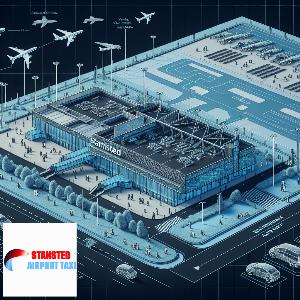
The Role of Stansted Airport in Environmental Education
Stansted Airport plays a significant role in environmental education by implementing sustainable practices and hosting educational programs. It enlightens the public about the importance of environ ...
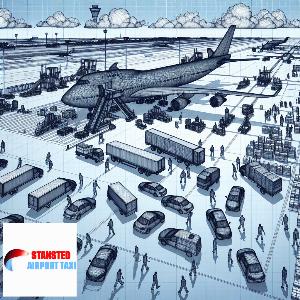
The Role of Stansted Airport in Humanitarian Aid
Stansted Airport plays a crucial role in humanitarian aid, serving as a hub for the dispatch of emergency supplies. Its strategic location and infrastructure enable swift response to global crises, ...
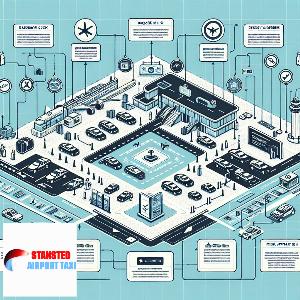
Stansted Airport: A Guide to the Certification Process
Stansted Airport's certification process ensures safety and efficiency. It involves rigorous inspections, staff training, and adherence to international aviation standards. This guide provides a co ...
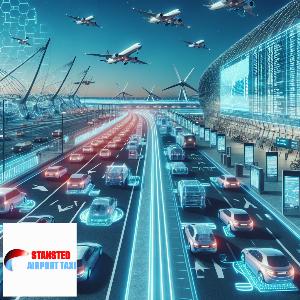
The Impact of Airline Rationalization on Stansted Airport
Airline rationalization has significantly impacted Stansted Airport, leading to increased efficiency but also heightened competition. This has resulted in streamlined operations, yet also necessita ...

Stansted Airport: A Guide to the Rebooking Process
Navigating Stansted Airport's rebooking process can be a breeze with the right information. The process involves contacting your airline directly, either via their customer service desk at the airp ...
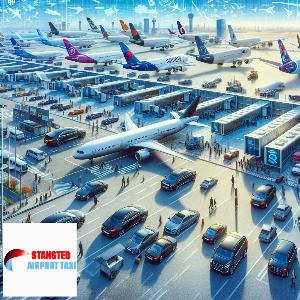
The Impact of Airline Diversification on Stansted Airport
Airline diversification at Stansted Airport has significantly boosted its growth and competitiveness. The introduction of various airlines has expanded route networks, increased passenger traffic, ...
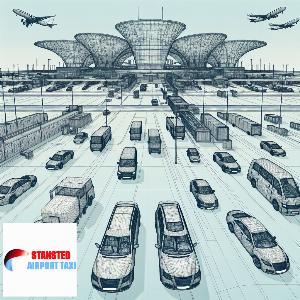
Stansted AirportA Gateway to Europe
Stansted Airport, located in Essex, UK, serves as a significant gateway to Europe. With over 200 destinations across the continent, it offers travelers a convenient and efficient route to explore th ...
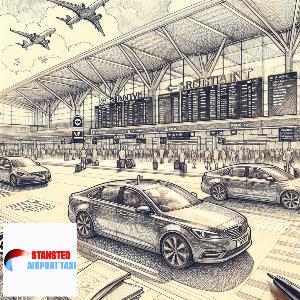
Stansted AirportA Guide for First-Time Flyers
Stansted Airport, a bustling hub for international travel, can be daunting for first-time flyers. This guide provides essential tips on navigating the airport, from check-in procedures to locating d ...
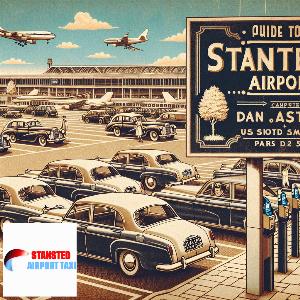
A Comprehensive Guide to Stansted Airport Parking
Explore our comprehensive guide to Stansted Airport Parking, offering detailed insights into various parking options, costs, security measures, and booking procedures. Navigate your way effortlessly ...
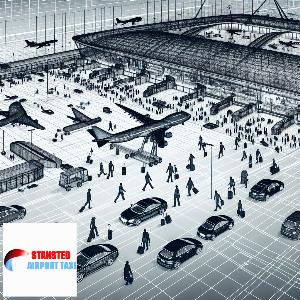
The Impact of Airline Globalization on Stansted Airport
Airline globalization has significantly impacted Stansted Airport, enhancing its international connectivity. It has attracted numerous global airlines, boosting passenger traffic and fostering econ ...
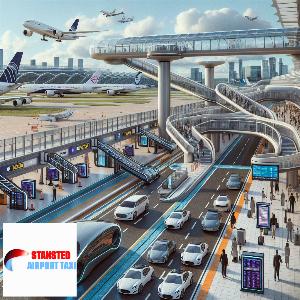
The Impact of Airline Deregulation on Stansted Airport
Airline deregulation has significantly impacted Stansted Airport, leading to increased competition, lower fares, and a surge in passenger traffic. However, it also brought challenges like overcrowd ...
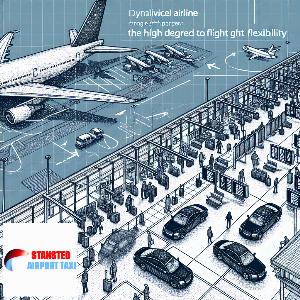
The Impact of Airline Flexibility on Stansted Airport
The increased airline flexibility has significantly impacted Stansted Airport, leading to enhanced operational efficiency, increased passenger traffic, and improved customer satisfaction. This adap ...
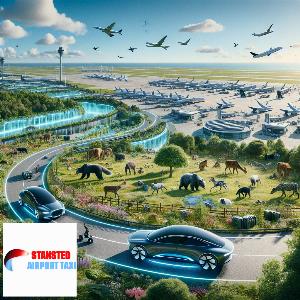
The Role of Stansted Airport in Wildlife Protection
Stansted Airport plays a crucial role in wildlife protection, implementing measures to safeguard local biodiversity. It actively manages habitats, monitors wildlife, and mitigates potential harm ca ...
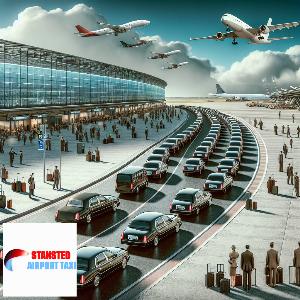
The Impact of Airline Overbooking on Stansted Airport
Overbooking by airlines significantly impacts Stansted Airport, causing congestion, delays, and increased passenger dissatisfaction. This practice strains airport resources and negatively affects i ...
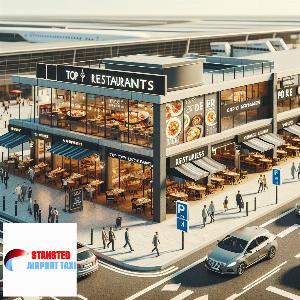
The Top Restaurants at Stansted Airport
Discover top-notch dining at Stansted Airport. Enjoy exquisite meals at The Windmill, indulge in Italian cuisine at Frankie & Benny's, or savor sushi at Itsu. For quick bites, Pret A Manger and Leon ...
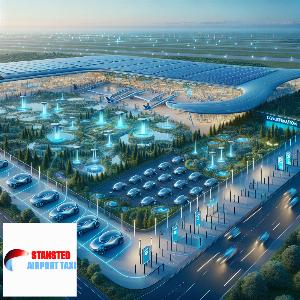
The Role of Stansted Airport in Conservation Efforts
Stansted Airport plays a significant role in conservation efforts, implementing eco-friendly measures like waste reduction, energy efficiency, and wildlife preservation. Its commitment to sustainab ...
Blogs Pages
The Role of Stansted Airport in Wildlife Protection

Blog about The Role of Stansted Airport in Wildlife Protection...
Stansted Airport: A Guide to the Litigation Process
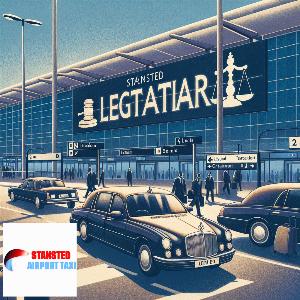
Blog about Stansted Airport: A Guide to the Litigation Process...
The Role of Stansted Airport in Renewable Energy Generation
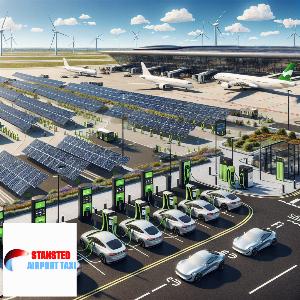
Blog about The Role of Stansted Airport in Renewable Energy Generation...
A Comprehensive Guide to Stansted Airport Parking

Blog about A Comprehensive Guide to Stansted Airport Parking...
The Impact of Airline Automation on Stansted Airport
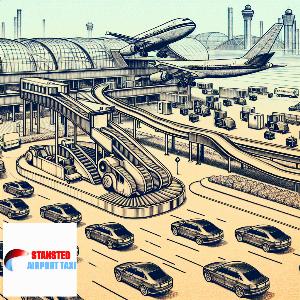
Blog about The Impact of Airline Automation on Stansted Airport...
Stansted Airport: A Guide to the Redeployment Process
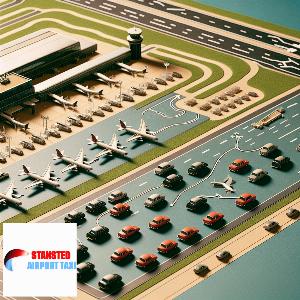
Blog about Stansted Airport: A Guide to the Redeployment Process...
The Impact of Airline Standardization on Stansted Airport
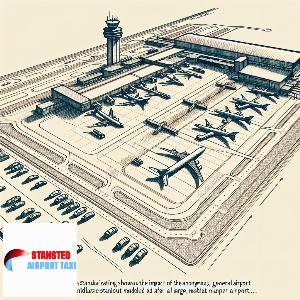
Blog about The Impact of Airline Standardization on Stansted Airport...
Stansted Airport: A Guide to the Career Development Process
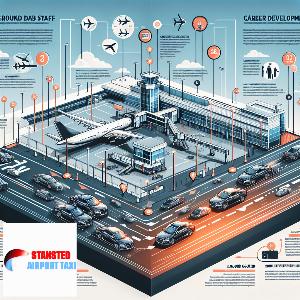
Blog about Stansted Airport: A Guide to the Career Development Process...
The Impact of Technology on Stansted Airport
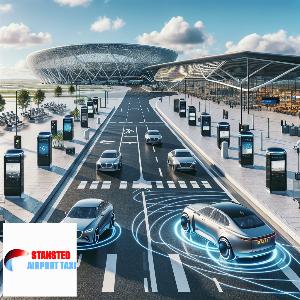
Blog about The Impact of Technology on Stansted Airport...
Stansted Airport: A Guide to the Induction Process
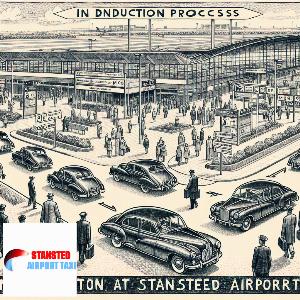
Blog about Stansted Airport: A Guide to the Induction Process...



